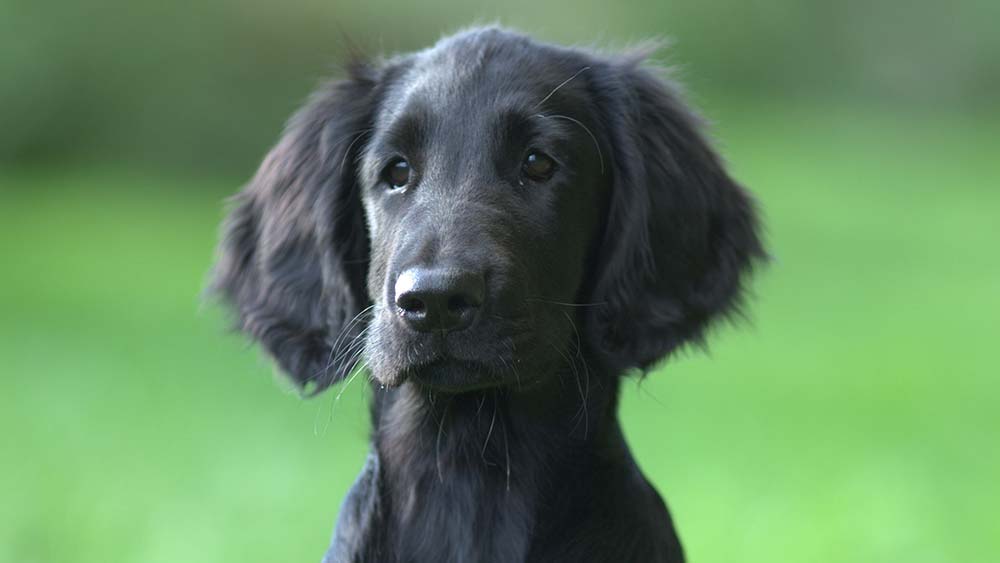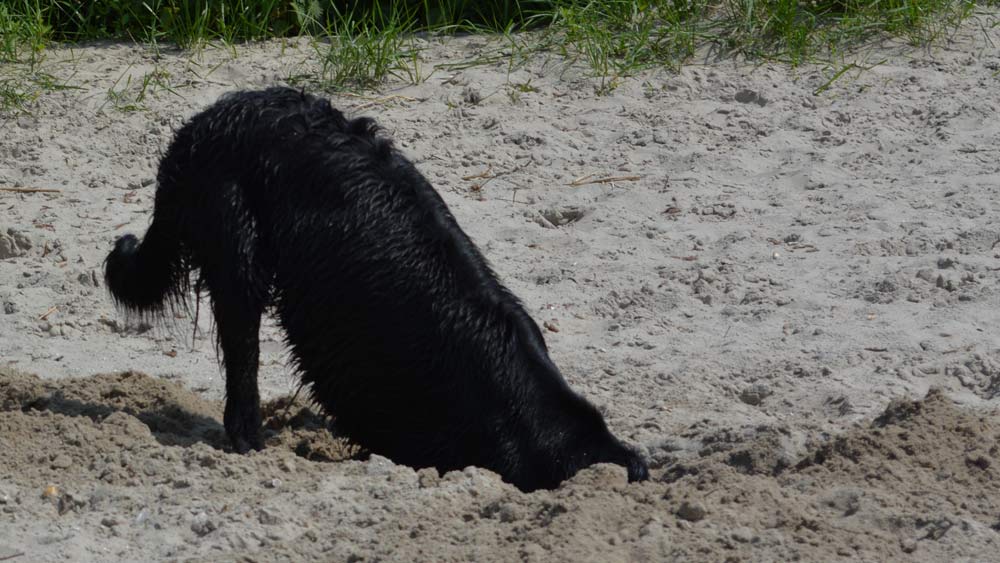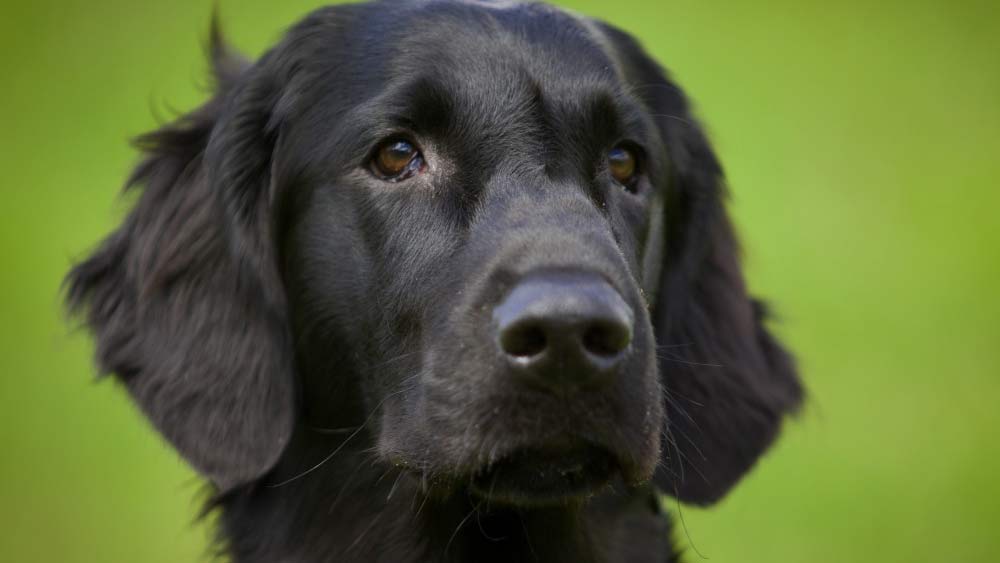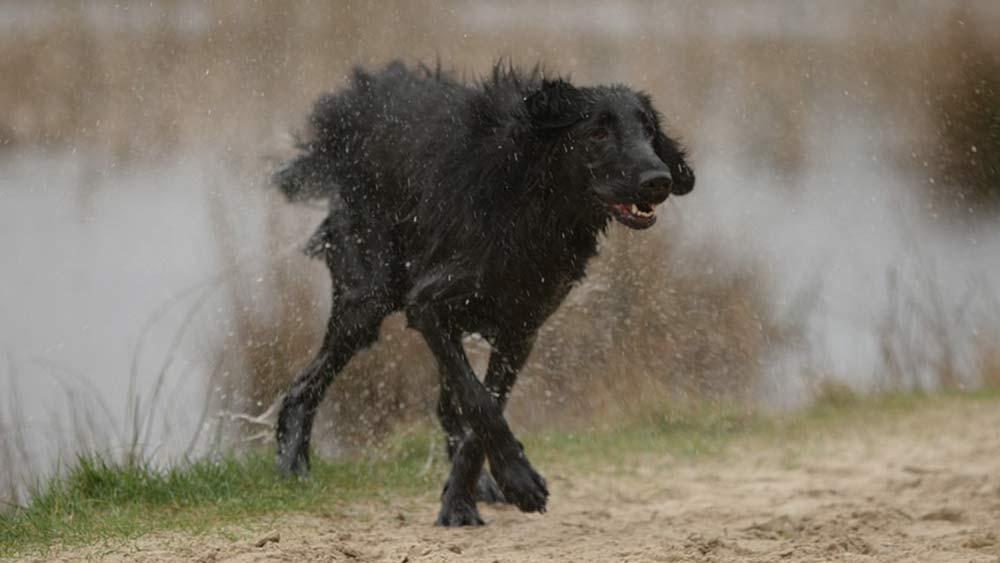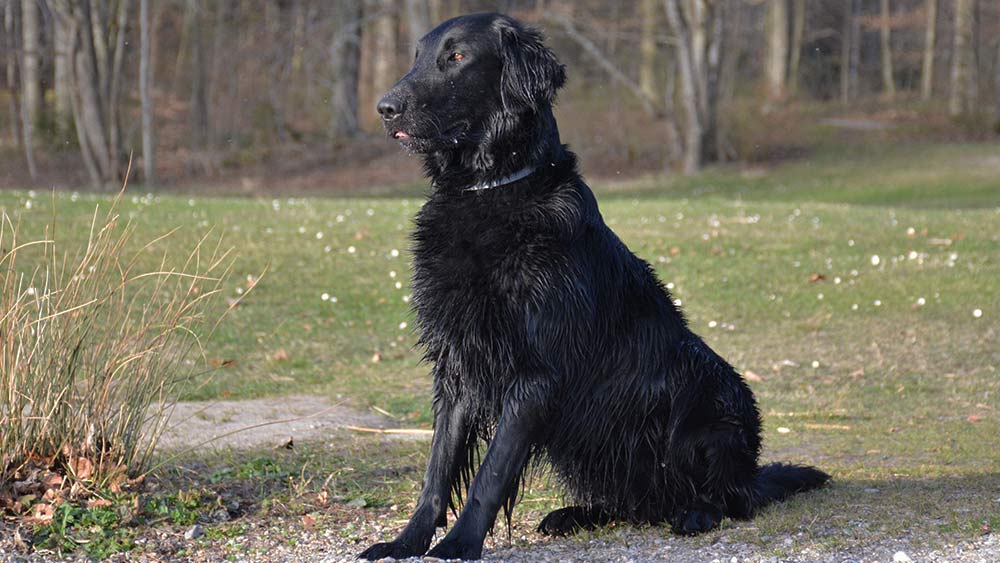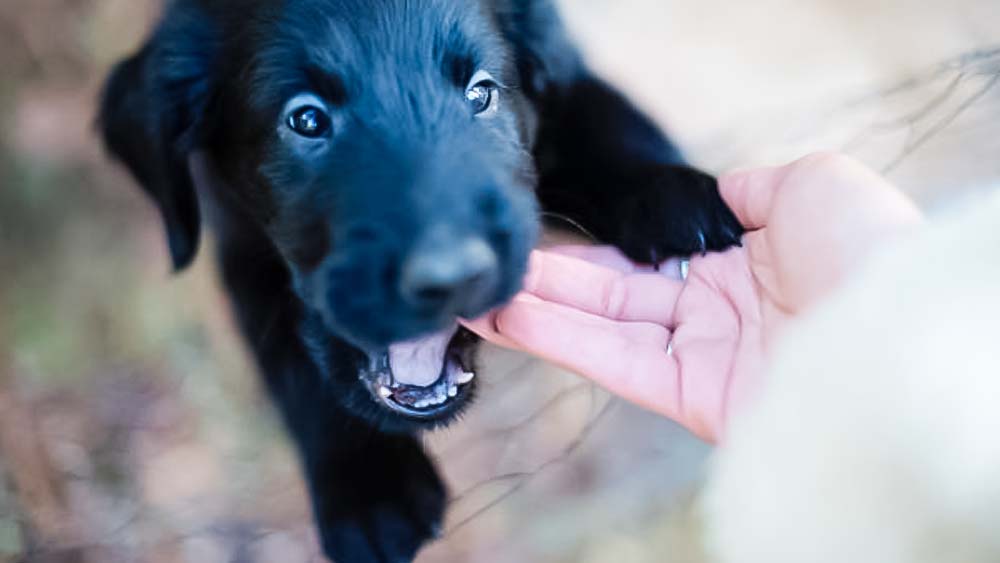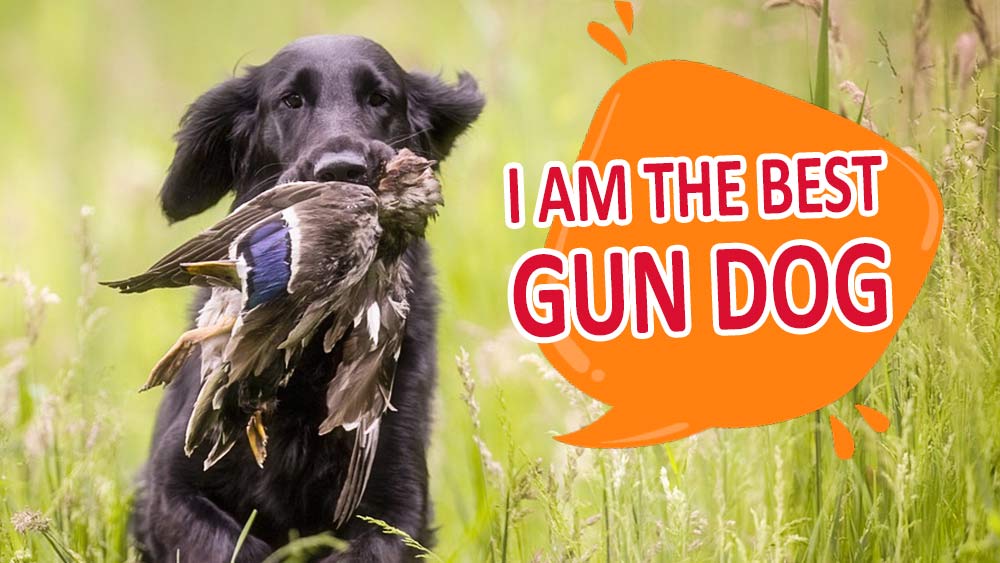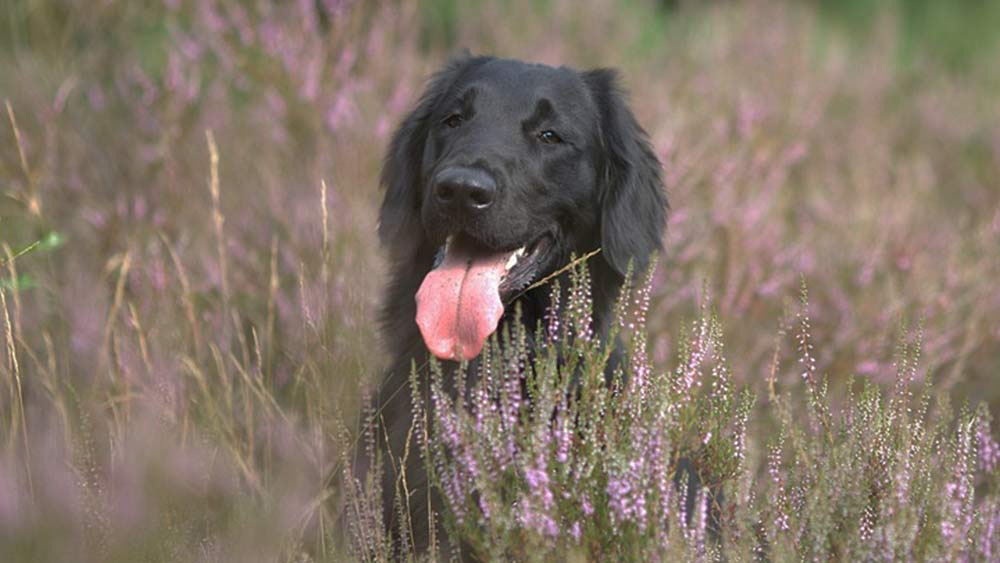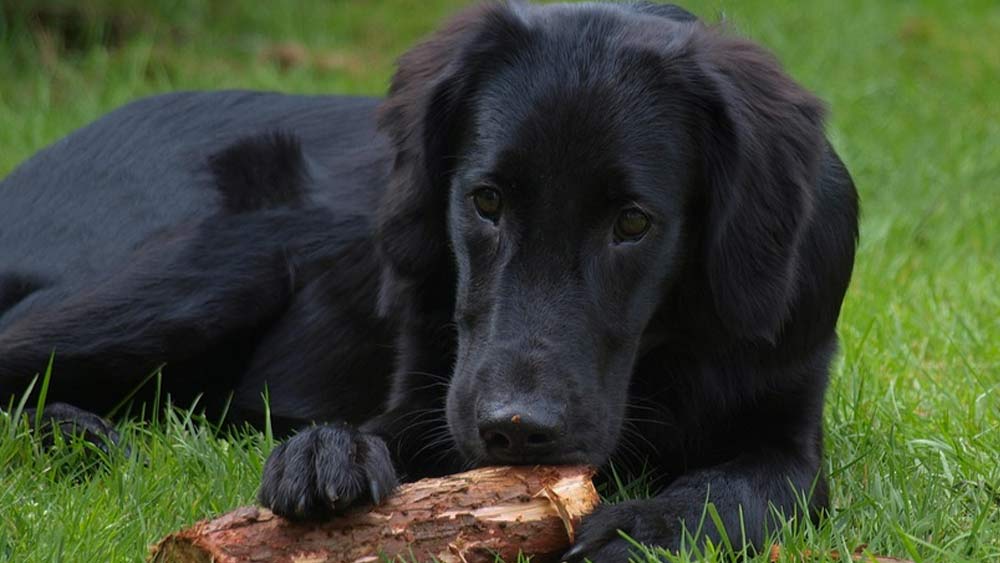Are you considering getting a Flat Coated Retriever puppy? If so, congratulations! You’re in for a lifetime of love and companionship. But before you bring your furry bundle of joy home, there are some important things to consider. Preparing for your first Flat Coated Retriever puppy requires more than just buying food and toys—you need to make sure that you’re prepared to meet the needs of this special breed. In this blog post we will discuss what it takes to ensure that both you and your pup have the best start possible. We will cover exercise requirements, energy level, longevity range, tendency to drool or snore or bark or dig; as well as social/attention needs for these wonderful family dogs. So read on if you want all the information necessary for preparing for your new furry friend!
Some Facts About Flat Coated Retriever Puppies
1. Exercise Requirements:
Flat Coated Retriever puppies have a moderate activity level and require at least 40 minutes of playtime or exercise each day. This will keep them physically healthy, mentally stimulated, and reduce any destructive behaviors that may arise from boredom or lack of attention.
2. Energy Level:
On average, these dogs have a medium energy level; however it is important to take into account the individual dog’s specific needs in terms of energy expenditure and ensure that they get an appropriate amount of exercise for their age and size.
3. Longevity Range:
The life expectancy of most Flat Coated Retrievers ranges between 10-14 years when provided with proper nutrition, regular veterinary care, ample exercise opportunities, mental stimulation and love. However some may live longer depending on genetics as well as environmental factors such as diet & lifestyle choices made by the owner throughout your pet’s lifetime.
Read More: How Long Do Flat Coated Retrievers Live? All Questions Answered!
4. Tendency to Drool/Snore/Bark/Dig:
Generally speaking, this breed has low tendencies towards drooling and snoring but can be prone to barking if not given adequate attention or exercised daily – they are naturally very social animals so spending quality time with them helps prevent barking out of boredom.
Read More: Flat-Coated Retriever Traits & Temperament Explained!
5. Grooming:
Flat Coated Retrievers have a short and glossy coat that doesn’t require intensive grooming; weekly brushing is usually enough to keep them looking their best. It’s also important to check their ears regularly to make sure they aren’t prone to ear infections.
Read More: 12 Tips For Grooming a Flat Coated Retriever
6. Training and Obedience:
Flat Coated Retrievers are intelligent dogs and can be taught basic obedience commands with patience and consistency. They love participating in activities, so providing your pup with an appropriate training program will ensure they stay engaged and entertained.
Read More: How to Train a Flat Coated Retriever? Step By Step Guide
7. Health Concerns:
Unfortunately, this breed can be prone to certain health issues such as hip dysplasia, eye diseases, skin conditions, allergies, and cancer. Therefore it’s important to work closely with your veterinarian and provide your puppy with regular check-ups to ensure they stay healthy throughout their life.
Read More: 7 Ways to Keep Your Flat Coated Retriever Healthy
8. Socialization Skills:
Flat Coated Retrievers get along well with other pets and enjoy making new human friends too! Taking them out for walks or visiting dog parks can help them get used to different environments and strengthen their socialization skills. Be sure to introduce them slowly though – never force them into any situation if they seem uncomfortable or overwhelmed!
How To Prepare Your Home For A Flat Coated Retriever Puppy?
Now that you know a bit more about the needs of Flat Coated Retriever puppies, it’s time to prepare your home! Preparing for a new puppy means taking steps to create an environment that is safe, comfortable and fun. Here are some tips on how to do just that:
1. Make sure all hazardous objects are out of reach
this includes small items, cords and chemicals. You should also block off any areas or rooms where you don’t want your pup to wander as these dogs can be quite curious!
2. Gather all the supplies needed
food/water dishes, toys, grooming supplies, bedding and anything else you may need for proper care and comfort.
3. Set up a designated “puppy area”
this should be an area in the home where your pup can feel safe and secure, such as a crate or kennel. Make sure to provide your pup with plenty of soft bedding and toys that are easy to chew on.
4. Potty Area:
An important part of puppy proofing is setting up a designated potty area. Choose an area with easy access to the outdoors and provide your pup with a variety of litter boxes/pad options so they can learn which one works best for them.
Read More: Best Methods to Potty Train a Flat Coated Retriever Puppy!
5. Safety First:
As we mentioned earlier, Flat Coated Retrievers are very social animals who love being around family – make sure all windows and doors are securely locked to prevent any escape attempts!
6. Family Cooperation:
Last but not least, everyone in the family should be on board with puppy care. Preparing for a new puppy requires patience and commitment so it’s important that everyone is aware of their responsibilities and ready to help!
Read More: Are Flat Coated Retrievers Good Family Dogs?
What Supplies Are Needed To Keep A Flat Coated Retriever Puppy?
1. Food and Water Dishes
2. Toys and Chewables
3. Grooming Supplies
4. Bed/Crate/Kennel
5. Litter Boxes/Pads
6. Window and Door locks
7. Collar or Harness
8. Leash
9. Treats for Training Purposes
Learning comes before doing
There are many things to learn before getting your first Flat Coated Retriever puppy. Here are the most important things to look into and understand:
- Choose a healthy food designed specifically for puppies.
- Begin housebreaking your puppy as soon as you get it home.
- Begin training your dog to obey at home, but start slowly. Be persistent and patient. Don’t be too strict with your puppy; let him be a puppy!
- Assist your puppy in making new friends. Take your puppy to a variety of locations so that he or she can see, hear, meet, and play with new people, pets, and other animals. However, make certain that your puppy only interacts with healthy dogs who have had their shots.
- Sign up for classes with a reputable trainer to teach your puppy proper behavior. This not only helps your puppy learn, but it also allows it to meet new people.
- Make an exercise routine for yourself.
- Keep track of your puppy’s vet appointments and vaccinations.
- Make time to socialize and play.
- If more than one person in your home will be playing with the puppy, establish ground rules ahead of time.
Conclusion
Overall, Flat Coated Retrievers can make wonderful companions if given the care and attention they deserve; making sure you are well prepared will only help enhance the quality of life for both you and your pup! Preparing for your first Flat Coated Retriever puppy includes understanding their unique needs such as exercise requirements (40 minutes/day), energy level (average), longevity range (10-14 years) as well as low tendencies towards drooling/snoring/barking/digging; plus a high-level of social/attention needs which is crucial for these loving family dogs. As a new owner it is important to take the time to understand these needs so that you can provide a safe home environment while ensuring your pup grows up happy & healthy!
Read More: Flat-Coated Retriever VS Golden Retriever: Compared In Depth
Read More: Labrador vs flat-coated retriever: Compared in Depth


